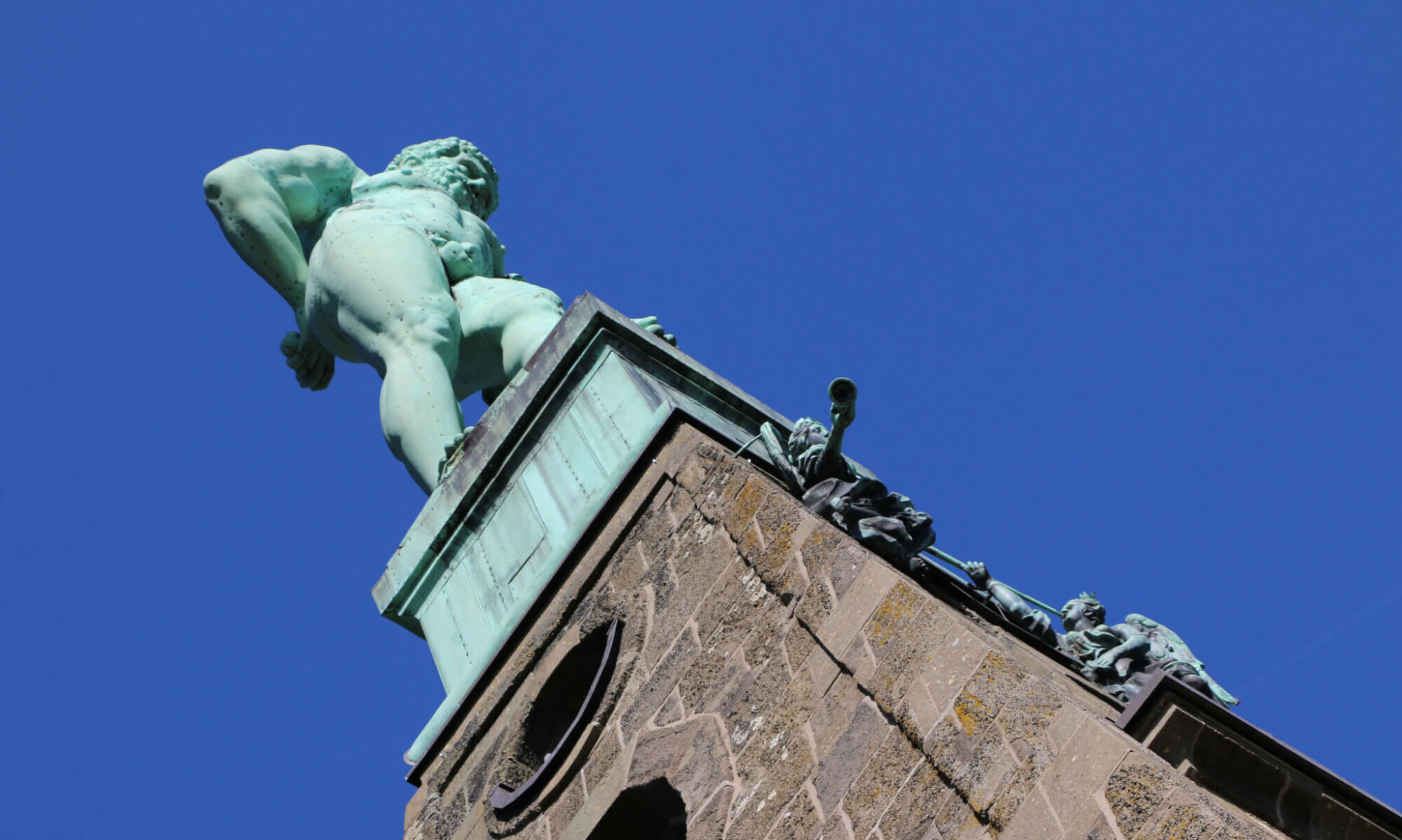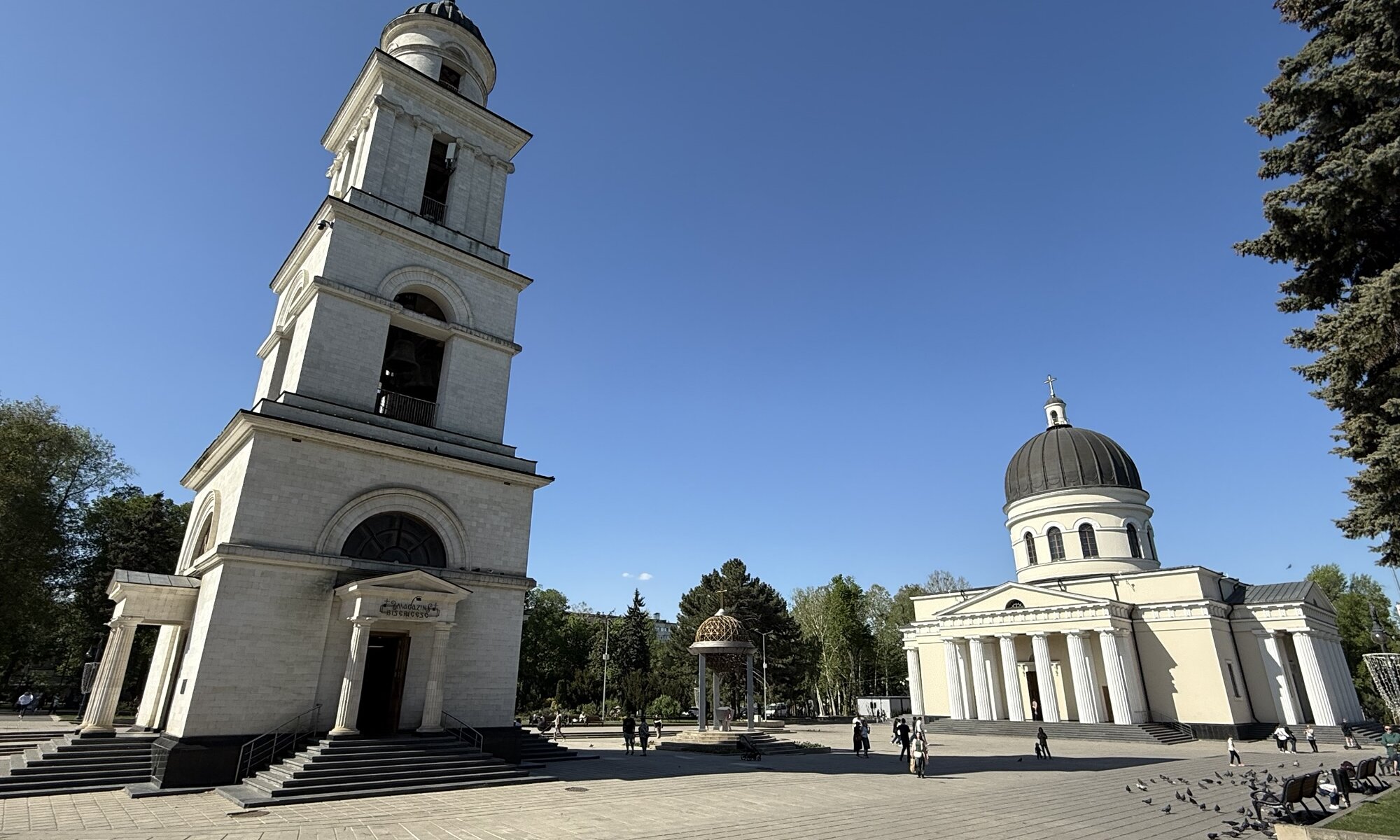The Catedrala Nașterea Domnului (Cathedral of Christ’s Nativity) is the main Orthodox cathedral in Chișinău, Moldova, and a landmark of national significance. Its construction began in 1830 and was completed in 1836, following the initiative of Metropolitan Gavriil Bănulescu-Bodoni and under the guidance of architect Abram Melnikov, a master of the Russian Empire style. The cathedral was strategically placed at the city center, as indicated in Chișinău’s first urban plan from 1817, and features three altars: the central altar dedicated to the Nativity of Christ, and two lateral altars originally dedicated to St. Alexander Nevsky and St. Nicholas the Wonderworker.
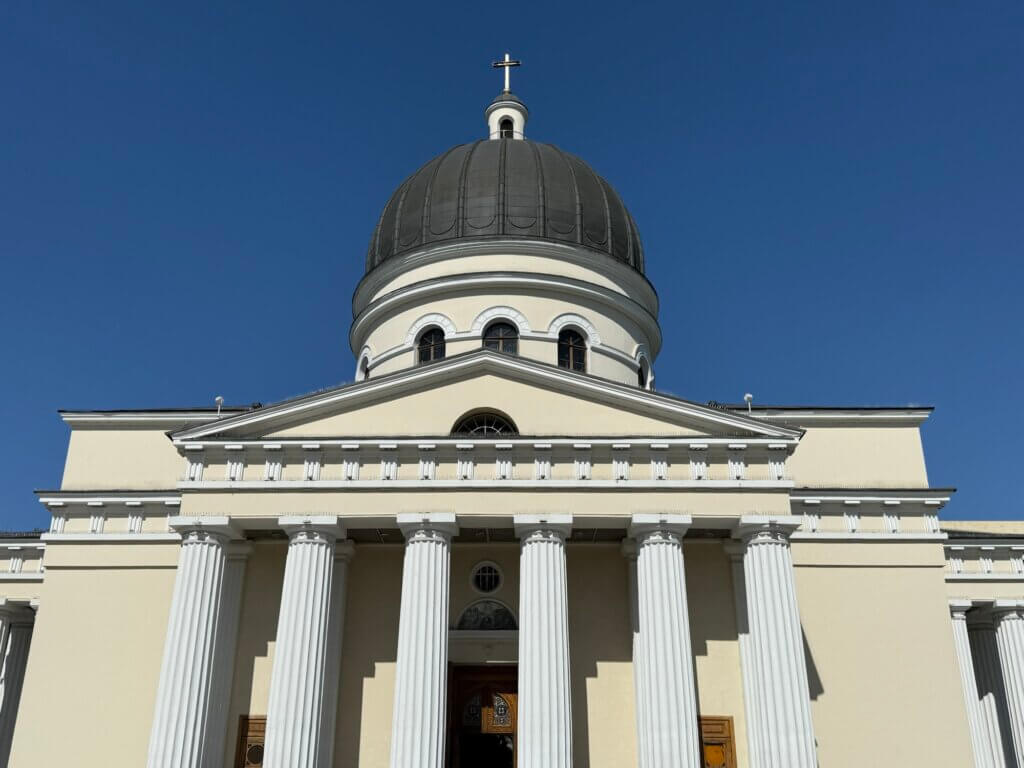
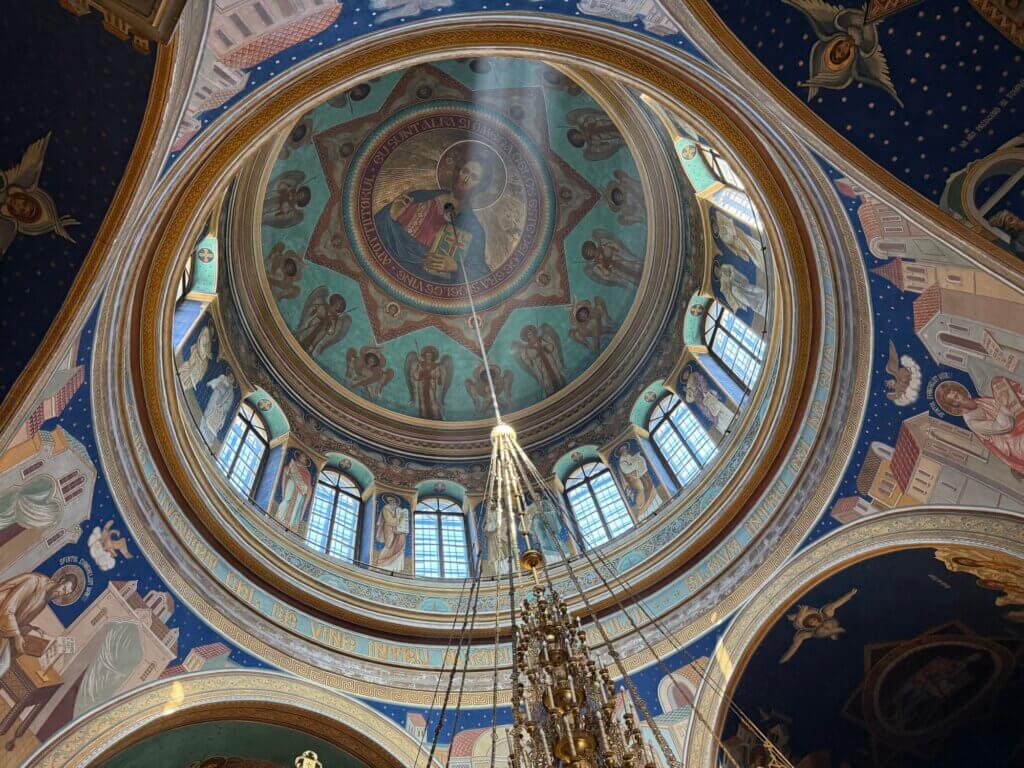
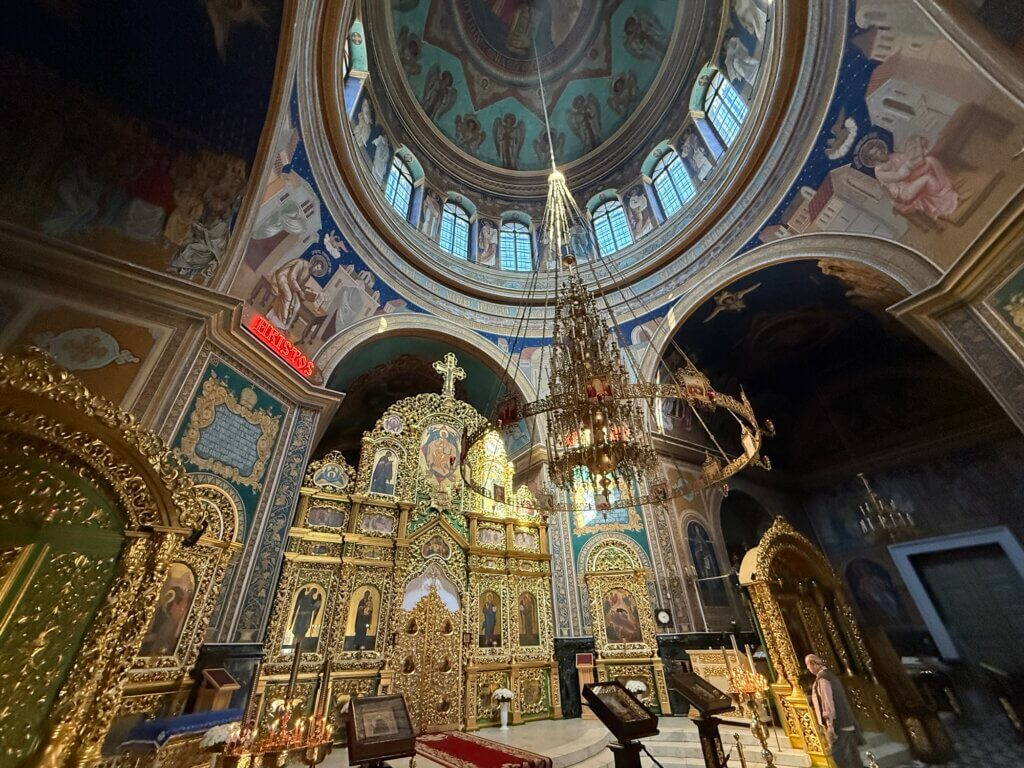
Architecturally, the cathedral is a prime example of late Neoclassical, or Empire style, with a strong emphasis on symmetry and simplicity. The building’s design combines a cubic core with four porticoes, each supported by six Doric columns, creating a cruciform layout. The central dome, resting on a cylindrical drum with twelve windows, allows natural light to flood the interior. The structure also includes a four-level bell tower and the ‘holy gates‘, both echoing the cathedral’s architectural motifs. The interior was originally adorned with biblical frescoes and marble-like plasterwork, reflecting the grandeur and clarity of Orthodox sacred art.
Throughout its history, the cathedral has endured significant challenges. It was bombed during World War II, and its bell tower was demolished by Soviet authorities in 1962. During the Soviet era, the building was repurposed as an exhibition hall, with religious services prohibited and interior decorations removed. After Moldova gained independence, the cathedral was restored to its original function, the bell tower was rebuilt in 1997, and the interior was repainted in the traditional Orthodox style, restoring its spiritual and architectural heritage for the city.
Catedrala Nașterea Domnului
Chișinău
Moldova
Loading map...

